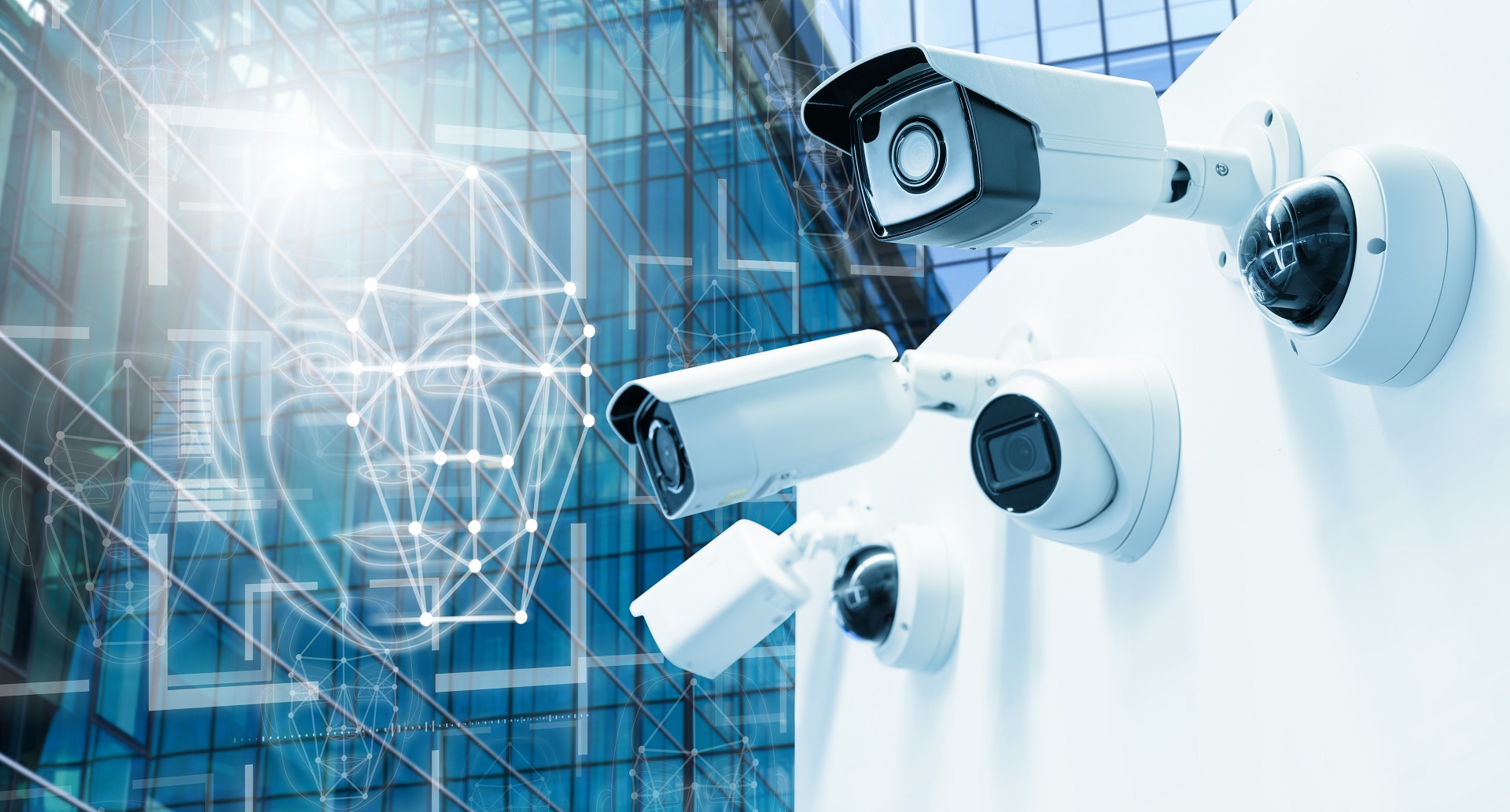There are many different types of security cameras on the market. These cameras all have their own unique features.
The answer to the question; 'What do I want to see or secure' or the location of the camera is essential when choosing a particular type of camera. With that, not only the number of megapixels is important for optimal image results. Other facets such as sunlight, night vision, lens and image sensor as well as the software on the security camera also play an important role.
- Will the camera be outside or inside?
- Does the camera suffer from direct sunlight? Or should it give good images especially in the dark?
- Do you want an overview image or just something targeted to monitor?
- Would you like to be able to control the camera?
- A dome camera is often vandal-proof so if the camera hangs a bit lower, this is preferable to, say, a bullet camera.
The 4-in1 camera as successor to the analogue camera
We no longer install the old-fashioned analogue security camera. This type of signal no longer meets today's requirements and expectations. If you still have a coax network or existing analogue system, our 4-in-1 cameras offer a solution. This is a security camera with a switch that allows you to choose from four types of signals. These signals are TVI, CVI, AHD and CVBS (analogue).
The IP camera
This camera comes in many forms (including bullet, dome, fish eye, PTZ, heat, wifi) and uses the Internet Protocol. Although an IP camera can be wireless, we only install our security cameras wired using a UTP cable. Experience shows that this is much more reliable and less prone to interference. We connect an IP camera system to the network.
Infrared camera
This security camera uses infrared illumination. This allows you to record razor-sharp images in black and white (grey) tones even when it is dark.
Infrared is not visible to the naked eye. At most, you will see a few red dots if you look straight into the camera. These cameras are ideal if you want to secure your home or business premises in the dark.
Dome camera
With a dome security camera, the camera is concealed in a sphere.
These cameras are often used for outdoor use because they are generally waterproof and vandal-proof. Dome cameras are difficult to sabotage.
Bullet camera
With a bullet security camera, the camera is concealed in a tube. Bullet cameras are clearly visible and therefore have a highly preventive effect. They have the same features as a dome camera but are slightly more prone to vandalism.
Fisheye camera
A Fisheye camera is also known as a 360-degree camera. With a fisheye camera, you can keep an eye on an entire room/space. This security camera has a wide field of view. Fisheye security cameras are vandal-resistant and have a compact design. The camera's image looks oval/circular. This type of camera is perfect for shops, stadiums and concert halls.
PTZ security camera
PTZ stands for Pan (rotate), Til (tilt), Zoom (zoom in and out).
A PTZ security camera is a fully (remotely) controllable camera where the lens can move horizontally and vertically. The PTZ camera also features an optical zoom.
With a PTZ camera from Dahua, for example, you can also monitor people or objects live.
Intelligent cameras
These are controlled by software and give you endless possibilities.
Thinking about
- Cameras for license plate recording; these allow you to clearly visualise license plates day and night. These cameras have a different veiling time. They are mostly used in car parks.
- Thermal cameras or thermal imaging camera; this camera responds to heat through a combination of resolution and a special infrared filter. It does not look at visible light. As a result, the camera does not see what the colour of something is but what the temperature is. These cameras are also used as part of fire protection.
- People counter cameras; customisation for commercial sectors.
- Cameras combining video management and access control; ideal for commercial buildings.

